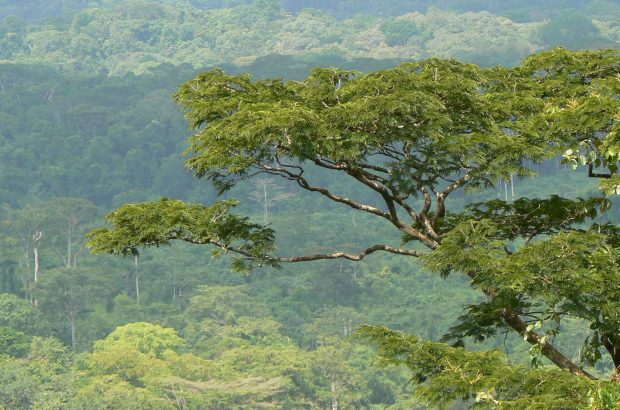
Quantifying Global-Level Synergies and Trade-Offs between Biodiversity Conservation and Nature Based Climate Solutions
While global policy increasingly recognises the value of terrestrial habitats for climate stabilisation, carbon-biodiversity relationships are complex. This project will inform intergovernmental negotiations by combining CCI and wider expertise to quantify the emissions-reduction potential of a biodiversity restoration actions, and the biodiversity consequences of contrasting nature-based climate solutions.
16th November 2020











